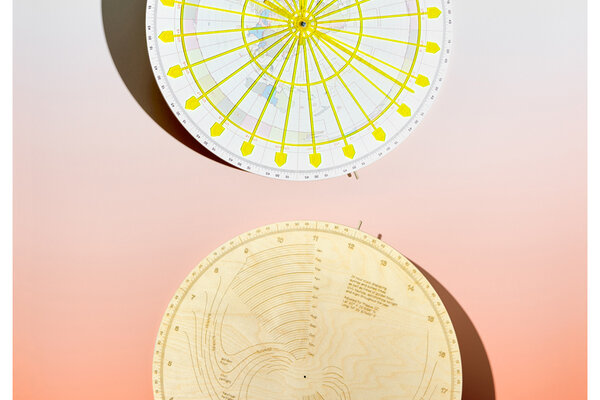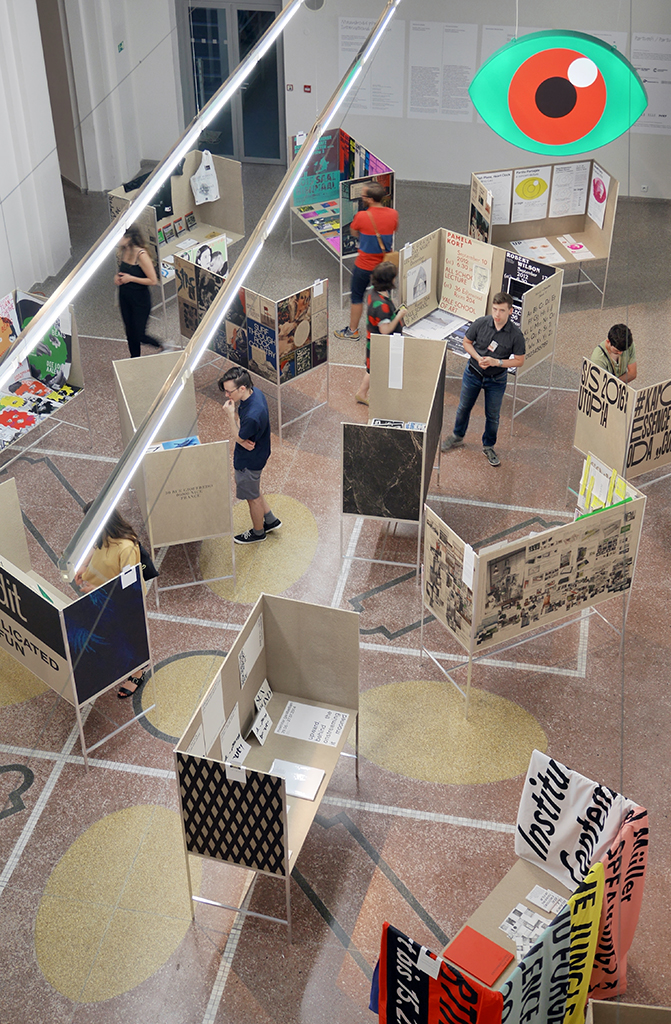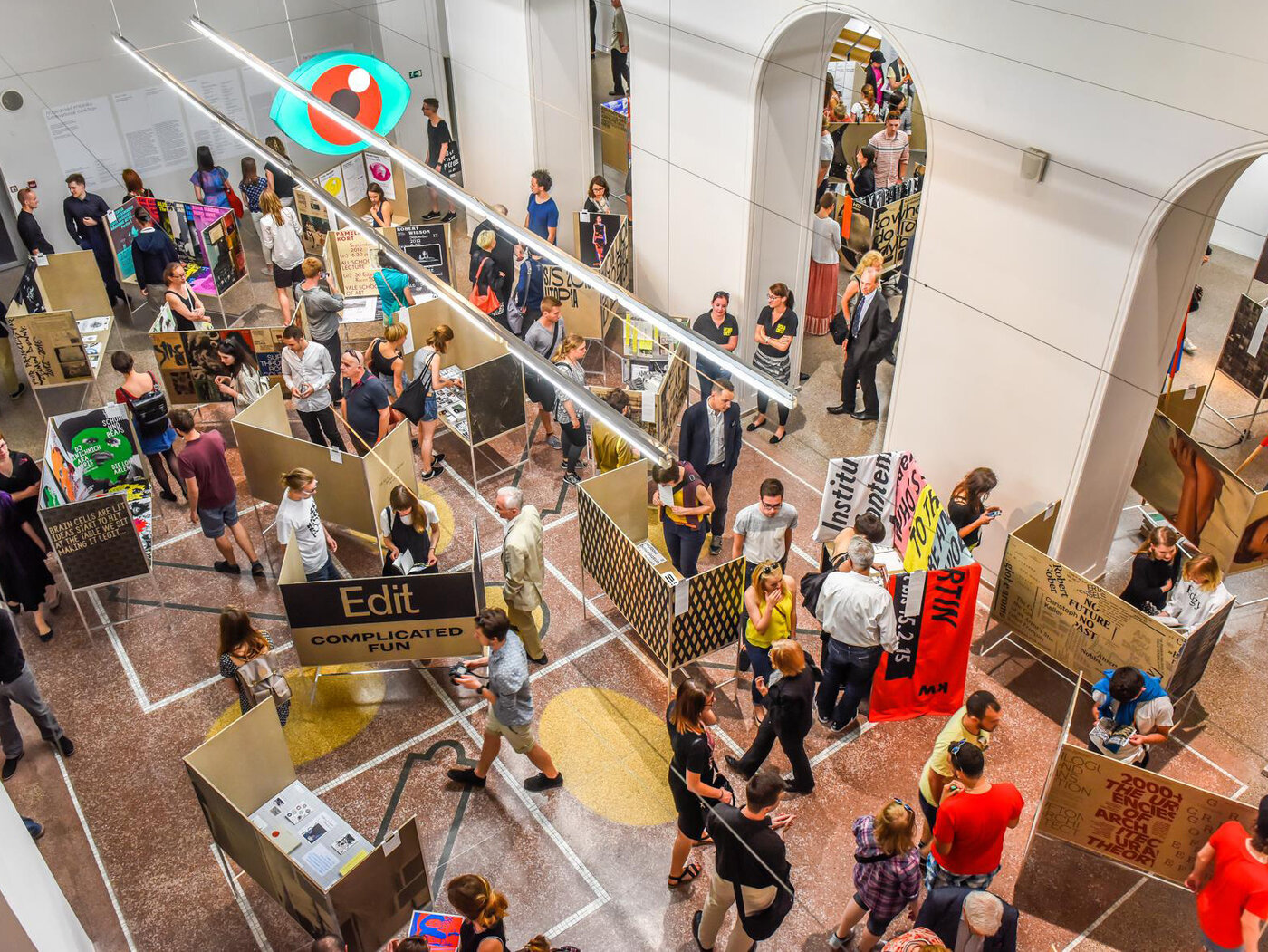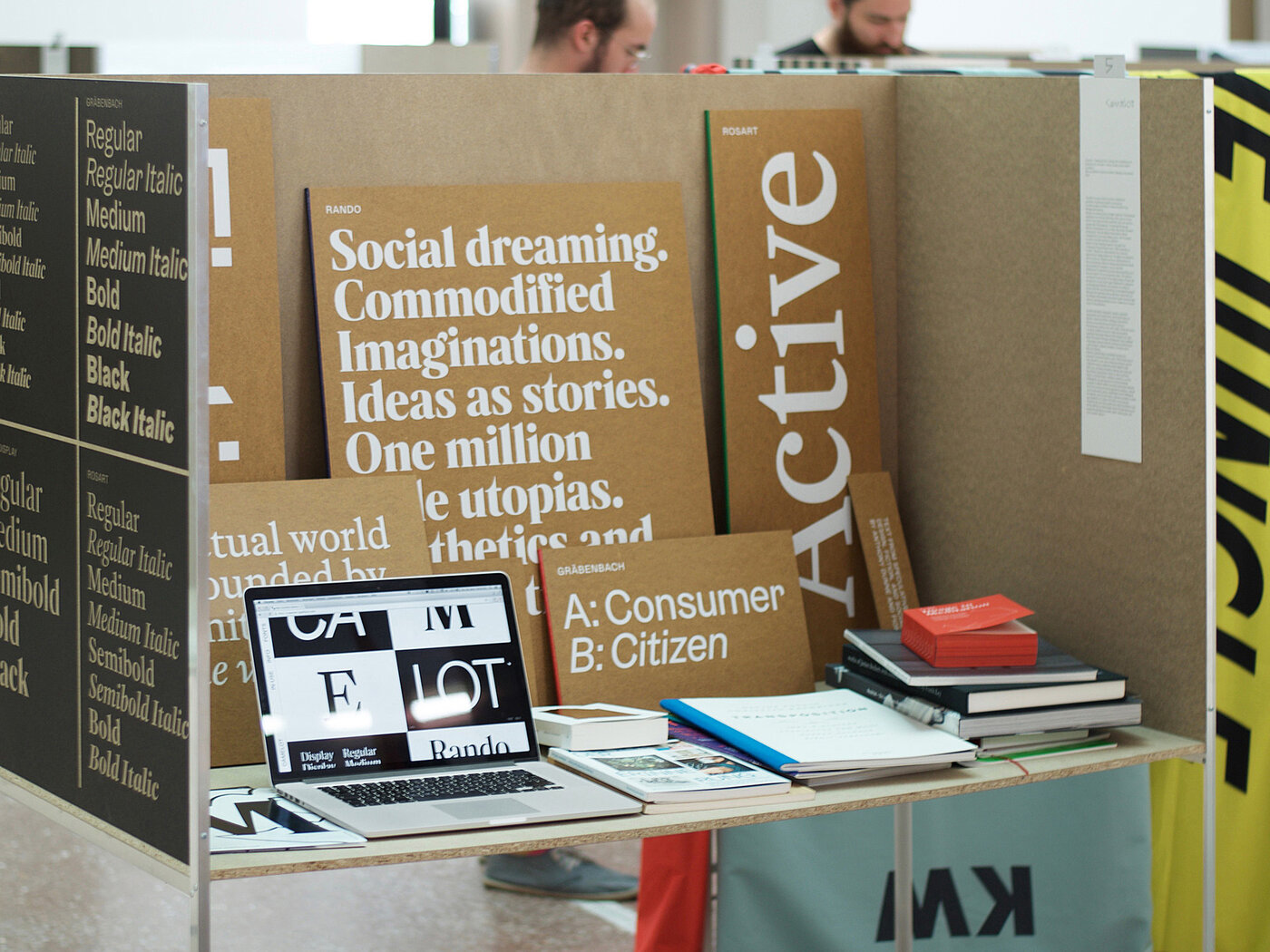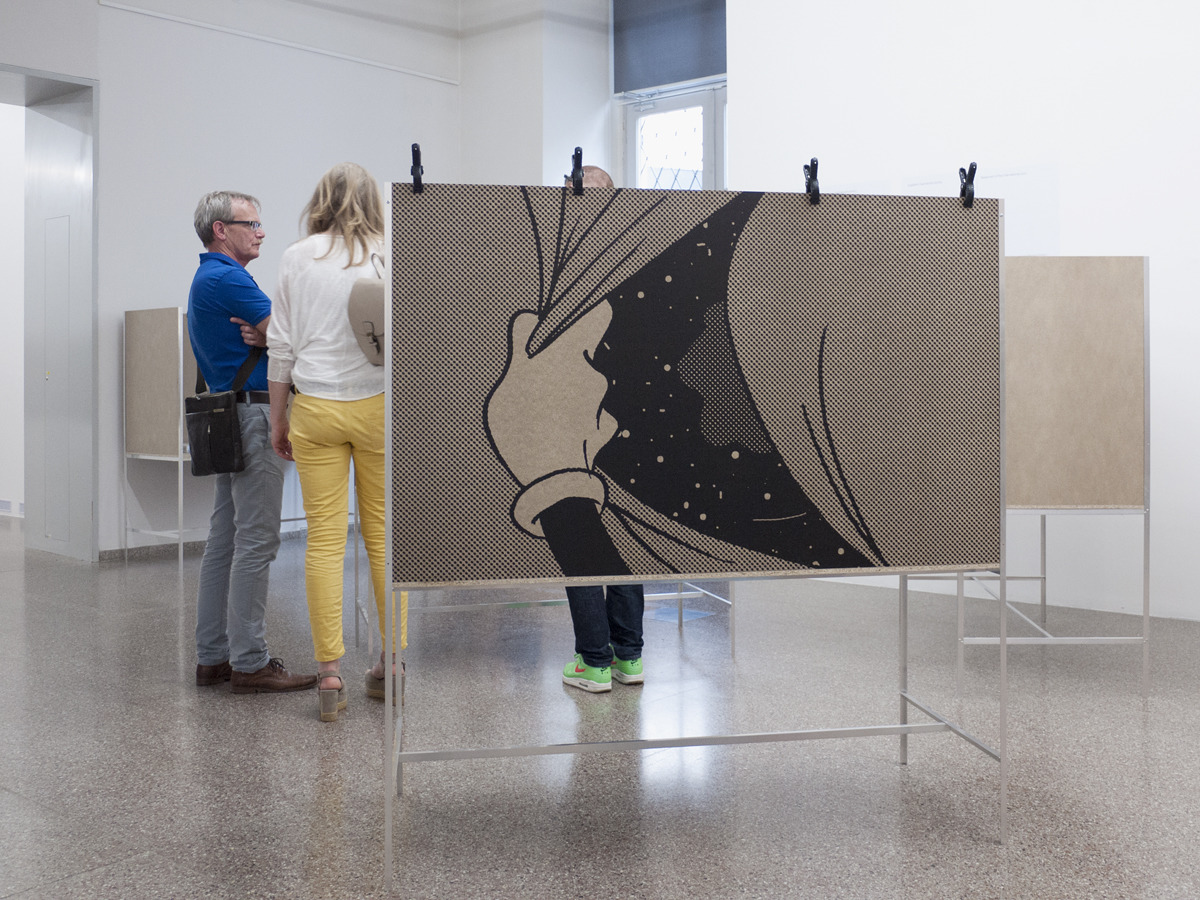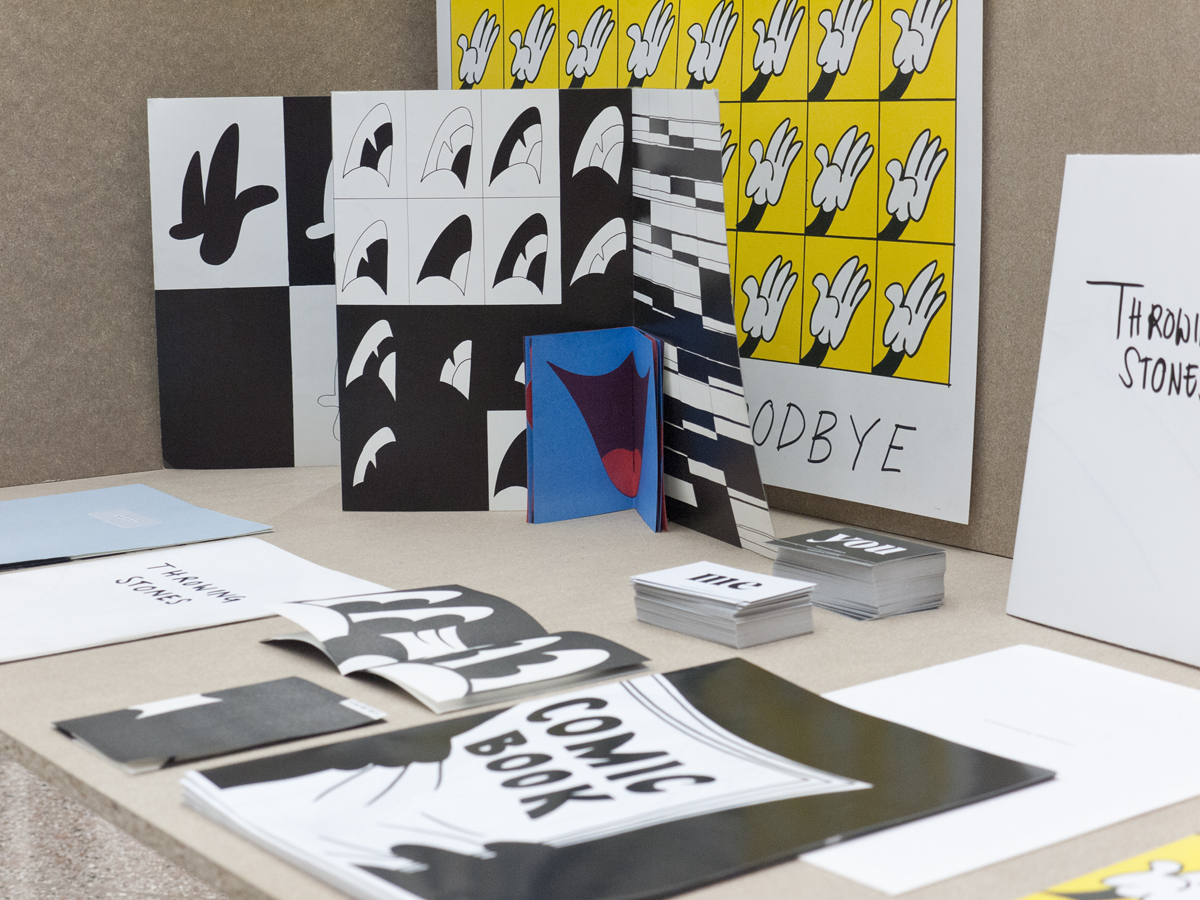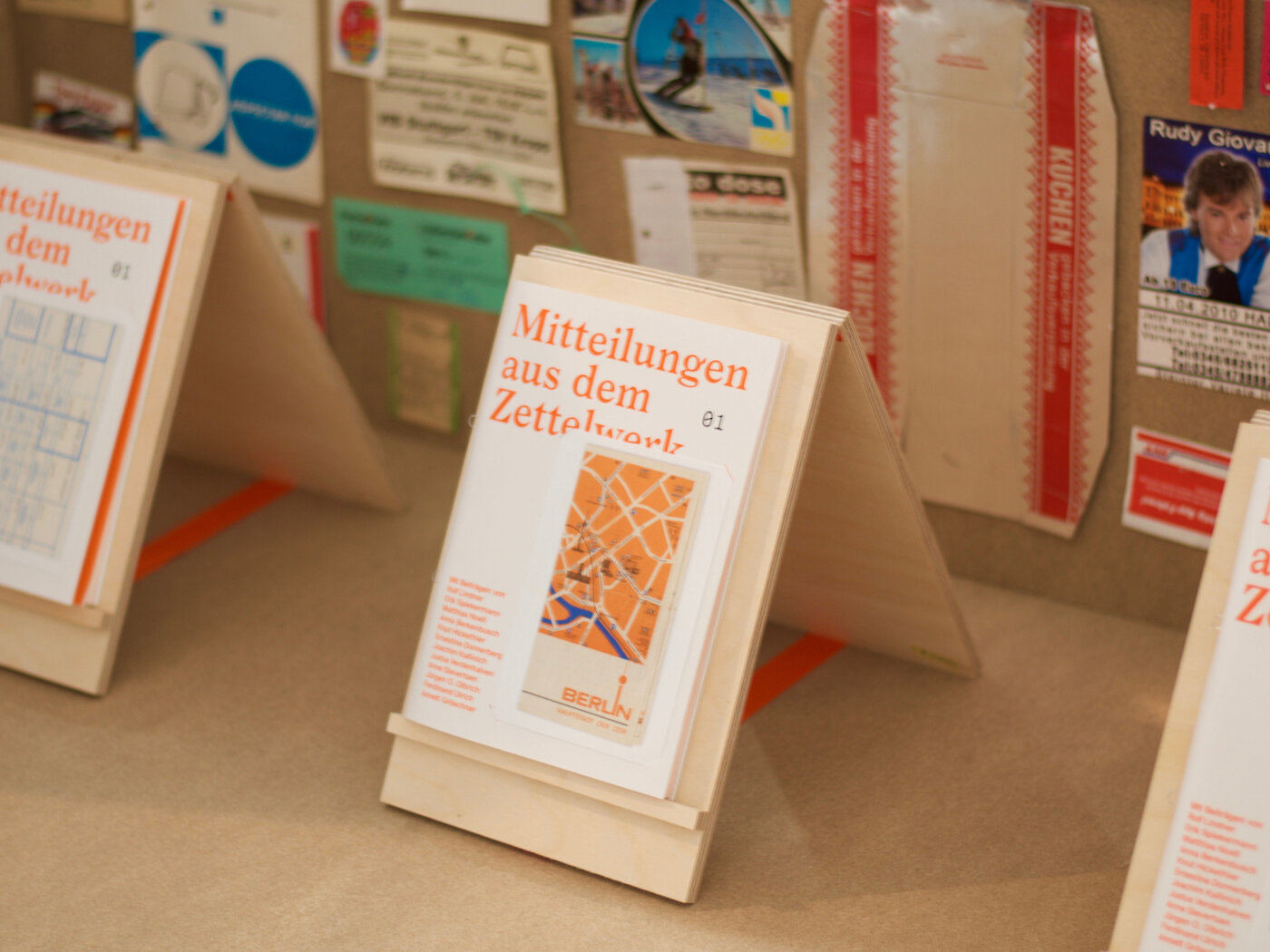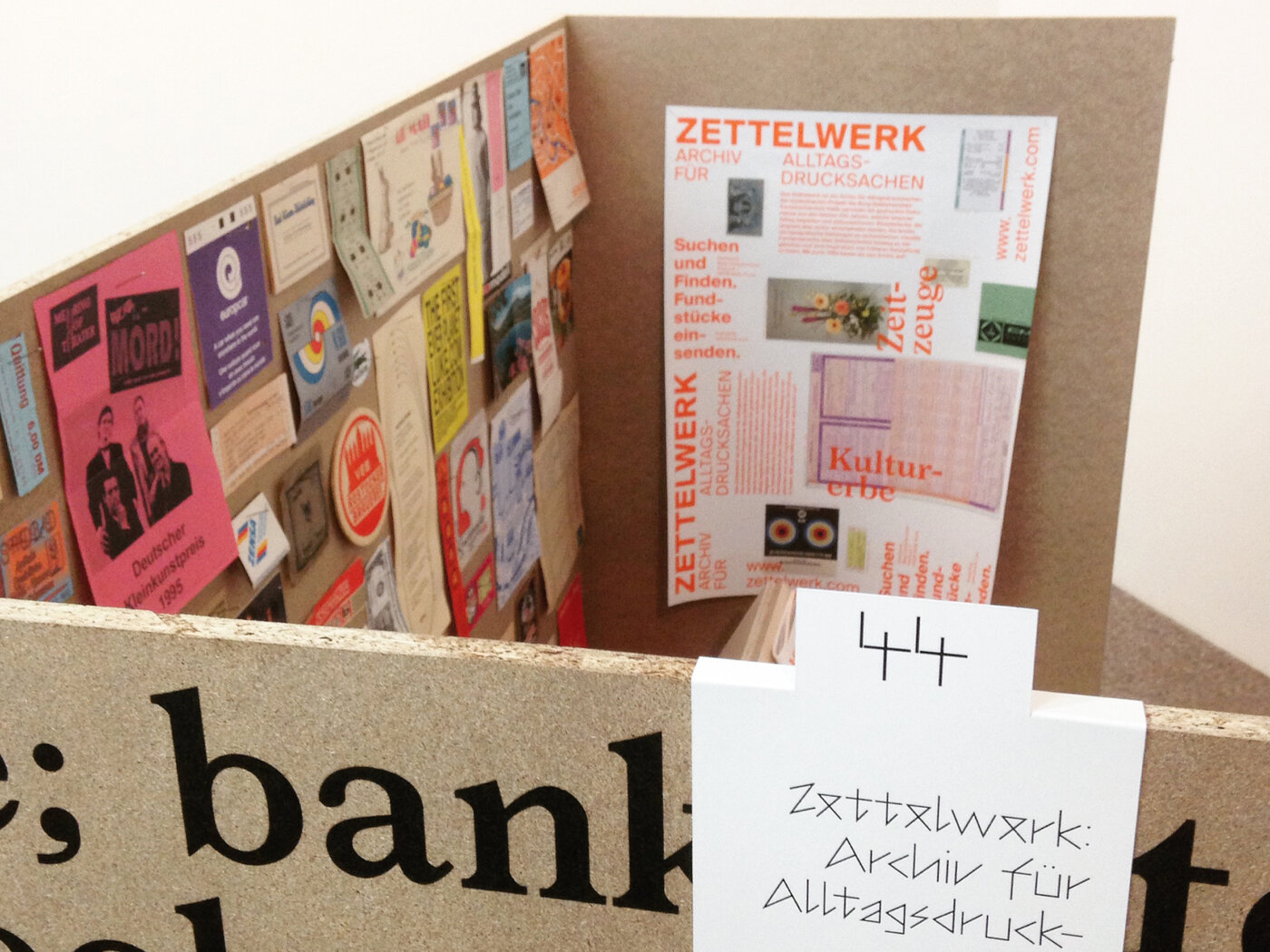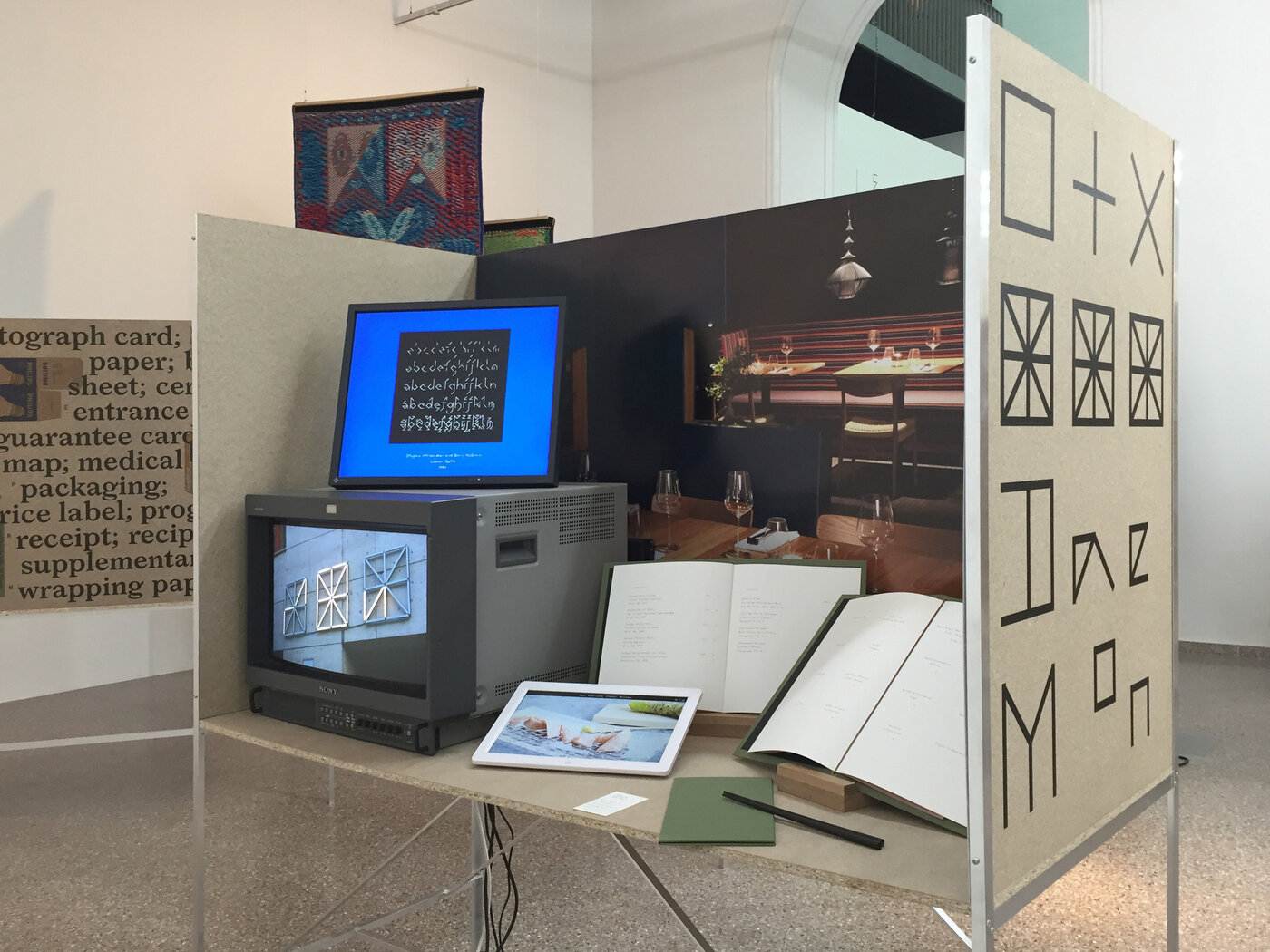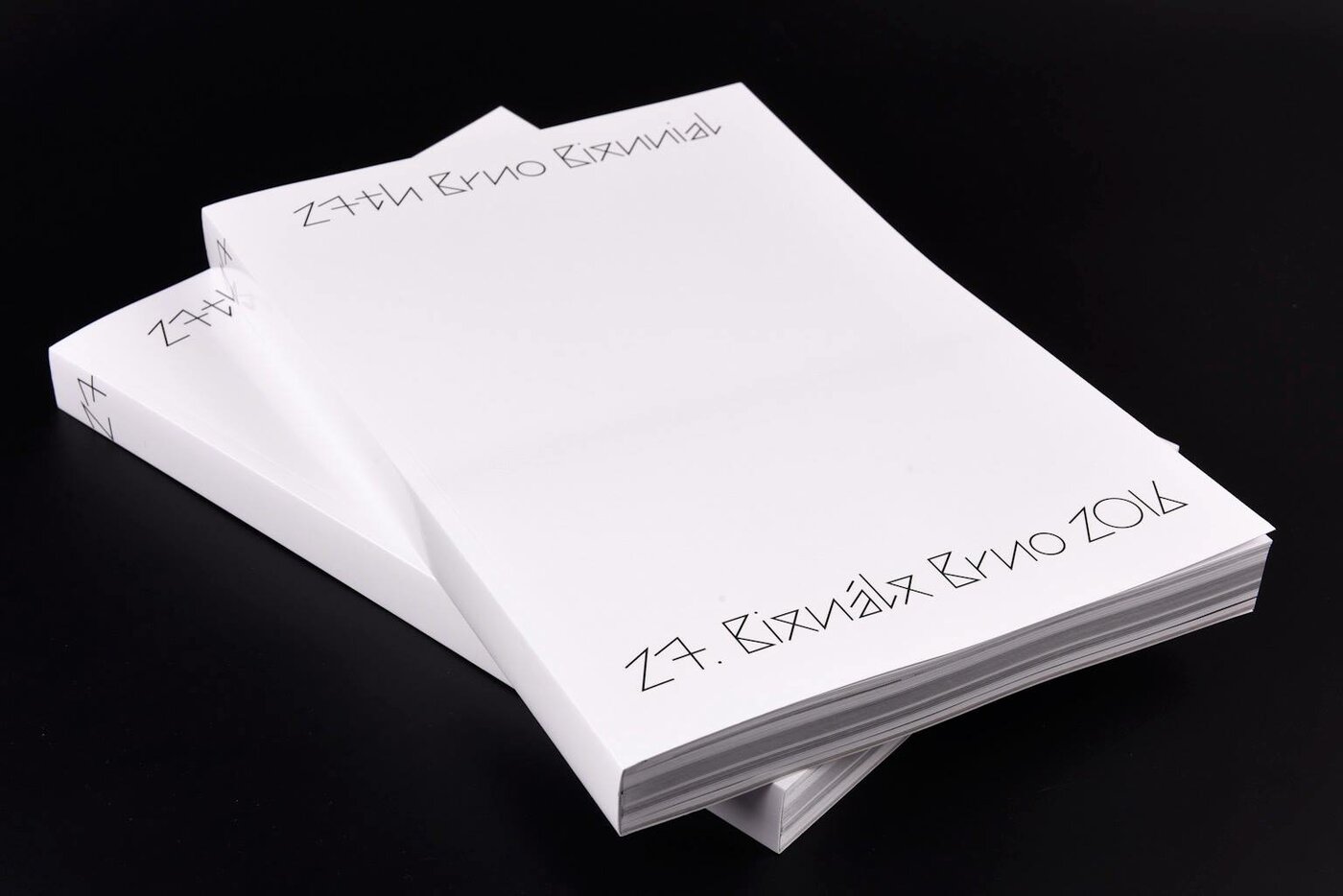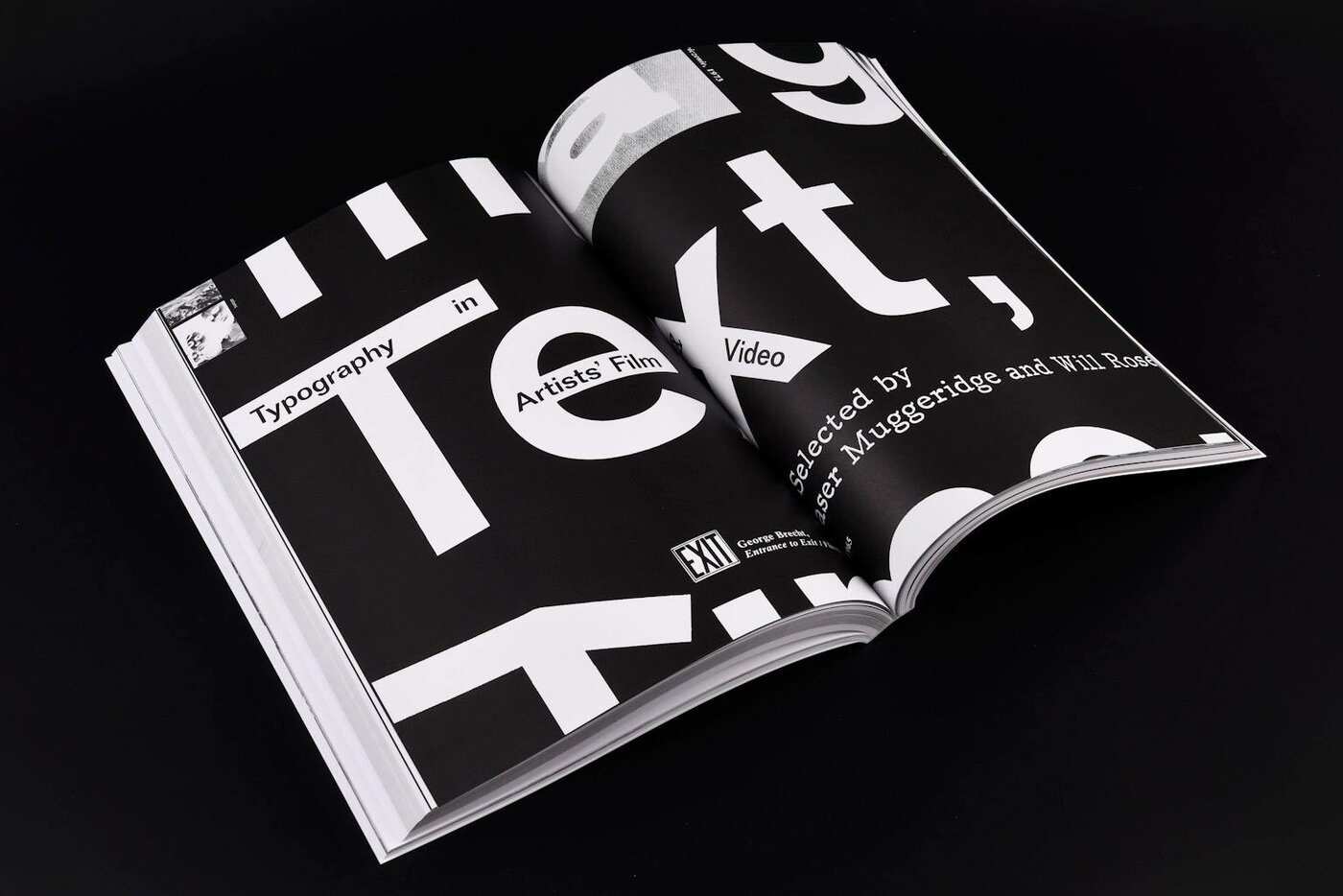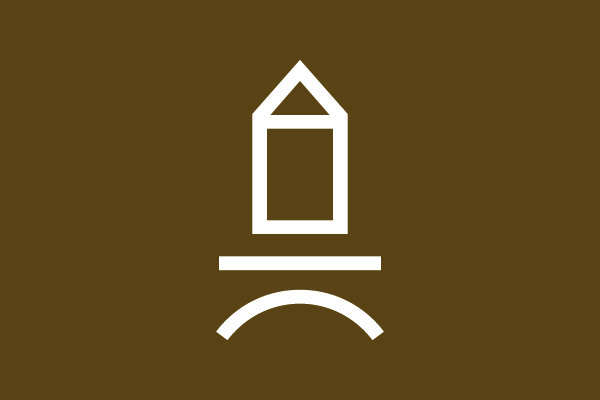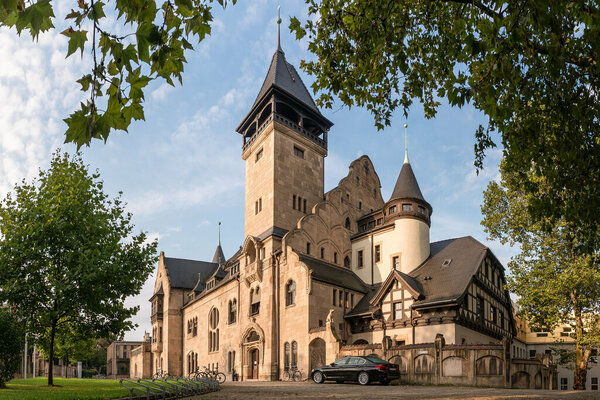Von 16. Juni bis 30. Oktober 2016 findet in der Moravian Gallery in Brno (Brünn, CZ) die 27. Internationale Grafikdesign-Biennale statt. Eine internationale Jury wählte aus beinahe 900 Einreichungen 50 Exponate aus 15 Ländern für die Ausstellung aus – darunter Arbeiten von Katharina Köhler, Künstlerische Mitarbeiterin im Studiengang Kommunikationsdesign, und sieben Alumnis der BURG.
Den im Rahmen der Biennale vergebenen Mayor of the City of Brno Award erhielt Anja Kaiser, Künstlerische Mitarbeiterin für Schrift und Typografie an der BURG, für ihre Arbeit „Sexed Realities – To Whom Do I Owe My Body?“. Das Projekt untersucht die Sehnsucht nach geschlechtsspezifischen Realitäten und deren Zerfall. Die Arbeit umfasst mehrere Medien, unter anderem eine Badehandtuchkollektion, und beschäftigt sich mit dem menschlichen Körper als unvermeidliche Projektionsfläche technologischer Erneuerungen, ökonomischer Konzepte, virtueller Realitäten und Pop Kultur:
„On and off screen, the human body is an inevitable surface upon which sexed realities and their disruption are projected. Bodies are rendered, replicated and accelerated by technology, pop culture, pharmaceutical industries, corporate concepts and culture at large.»Sexed Realities – To Whom Do I Owe My Body?« unravels the visible and invisible forces underlying the production of bodies, mapping the battlefield of power and pleasure and its effect on the body in normative societies. The notions of the body are broken up into four categories.Str8 Data Bodies are scanned and detected by technocratic institutions and brands. Risk-free Virtual Bodies are performing computer crossdressing, gender swapping and identity theft. Smart Corporate Bodies hold on to neoliberal individualism and underpaid wage conditions. Promised Flexible Bodies have to develop strategies in order to fit into social norms.Sexed Realities offers a different way of looking at the forces and tensions that shape the perception of human bodies. Through various media this work investigates the existing surfaces of projection, exploring the fate of biological determinism and the limitation of deconstruction.“
#CorporateFeminism #Co-Construction #Heteroprediction #LostBodyBoundary #HDepression #BFOculusRift #GayBombing
In der Ausstellung sind außerdem vertreten:
Maurice Göldner, Katharina Köhler, Wolfgang Schwärzler: Camelot Typefaces
Camelot is a type collective and an independent publisher of typefaces, based in Leipzig and founded by Maurice Göldner, Katharina Köhler and Wolfgang Schwärzler.
Rando is a contemporary homage to German Romanesque typefaces from the late 19th / early 20th century. In this period many type-foundries published their own versions categorized ‘Romanesque’, for example Hamburger Römisch (Schriftguß A. G.) or Anker Romanisch (Schelter & Giesecke). The new digital interpretation Rando is designed in a text and display version with 5 weights in roman and italic by Maurice Göldner.
Rosart is a text typeface based on the specimen of Jacques-François Rosart from 1768. Originally cut in steel — Rosart is an interpretation from a printed specimen for todays digital era. The glyphs are designed with a modicum of bezier points as a phenomenon of the contemporary. Rosart is designed by Katharina Köhler and consists of 4 weights in roman and italic.
Gräbenbach is inspired by early grotesque typefaces and borrows details from brush painted signs. The typeface combines the sharpness of the digital design process with the warmth of hand drawn type. Gräbenbach is designed by Wolfgang Schwärzler and consists of 4 weights in roman and italic, accompanied by 3 monospaced weights.
Although the typefaces were published in early 2016, all the designs have existed since several years and have been used by international designers prior. A selection of results is part of the exhibition.
Stefanie Leinhos: repetition – reproduction – copy – original
In 2012 Stefanie Leinhos started the cycle »repetition – reproduction – copy – original«. She is interested in the imagery of comics – in the serial, repetitive structure they are based on as well as in the schematic construction of their characters. By using methods such as repetition, variation and several ways of reproduction, Stefanie Leinhos is exploring the limits of minimal story telling and is constantly shifting the relations of copy and original. She is working in various media as for instance drawing, publication, silhouette and installation.
Lisa Petersen, Sarah Fricke, Lea Sievertsen: Zettelwerk – Archiv für Alltagsdrucksachen
Die Zeitschrift »Mitteilungen aus dem Zettelwerk« beschäftigt sich über die Sammlung hinaus mit dem Thema Wert. Die unterschiedlichen Beiträge beleuchten Sichtweisen auf den Umgang und die Bedeutung der Alltagsdrucksachen, es werden persönliche Erinnerungen zu besonderen Exponaten erzählt und die Geschichte des Archivierens und Sammelns beleuchtet. In verschiedenen Bildstrecken werden ausgewählte Teile der bereits entstandenen Sammlung des Zettelwerks gezeigt. Beiträge unter anderem von Erik Spiekermann, Annett Gröschner, Knut Hickethier, Rolf Lindner und Jürgen O. Ulbrich. Das Zettelwerk ist ein studentisches Projekt der Burg Giebichenstein Kunsthochschule Halle im Fachbereich Kommunikationsdesign. Mit dem Aufbau der Sammlung soll eine langfristige Einrichtung gegründet werden, welche für Interessierte frei zugänglich ist. Ein Ort, um typografische Zeitzeugen zu recherchieren, visuelle Formensprache über Zeitabschnitte hinweg zu vergleichen oder sich Inspiration von früheren Gestaltungen oder eben Nichtgestaltungen zu holen.
André Fuchs, Martin Borst: DAE MON, visual identity for a Korean restaurant in Berlin
“Dae Mon” is a restaurant in the center of Berlin serving contemporary korean cuisine. Fuchs Borst developed the visual identity based on a sixteen-segment module. Each latin character can be represented on this grid. The custom typeface and the aleatoric display installation reference works from minimal and conceptual artists, designers and scientists:
- François Morellet: “Néons avec programmation aléatoire poétique-géométrique”, 1967
- Wim Crouwel: “New Alphabet”, 1967
- Sol LeWitt: “Fifteen Etchings: Straight lines in four directions and all their possible combinations”, 1973
- Sol LeWitt: “122 Variations of Incomplete Open Cubes”, 1974
- Douglas Hofstadter and Gary McGraw: “Letter Spirit”, 1993
- Norm: “The Things”, 2002
- Radim Peško: “Sol”, 2003
Set in small size the overall appearance of this typeface is reminiscent of handwriting, we feel. Although the totally geometric characters appear rather exotic.
In contrast to the technical pragmatism of common segment displays in digital watches or car radios, for instance, we happily got the opportunity to apply these progressive concepts in a more sensitive way. Many thanks to Dae Mon for their courage and to Quadrature for manufacturing the beautiful display.
